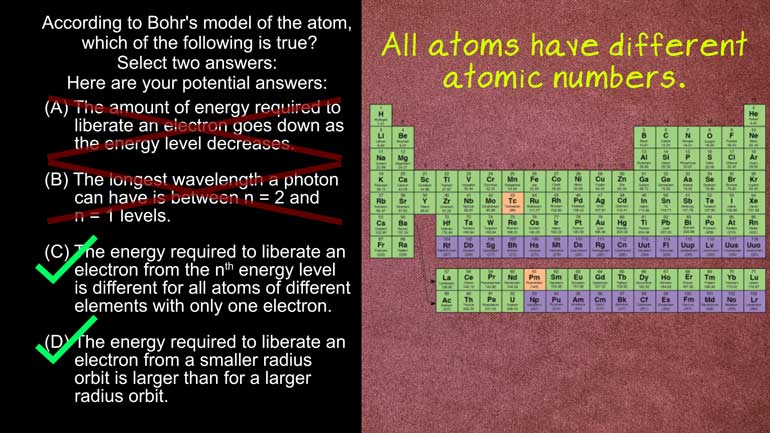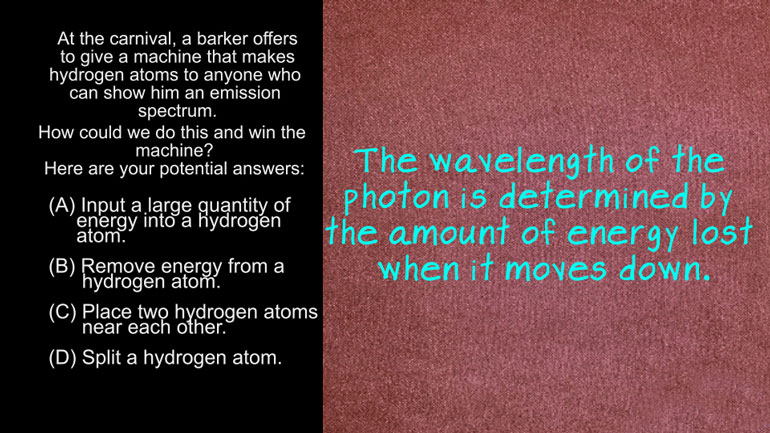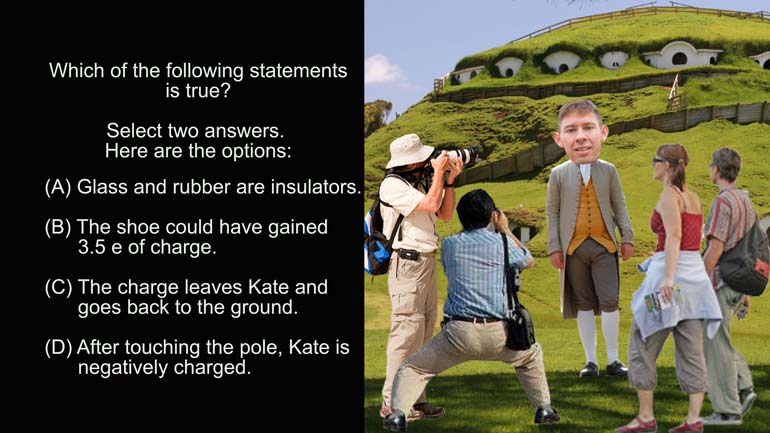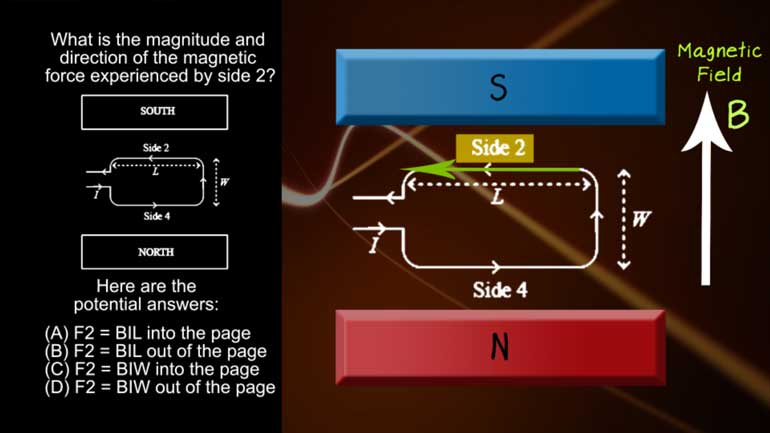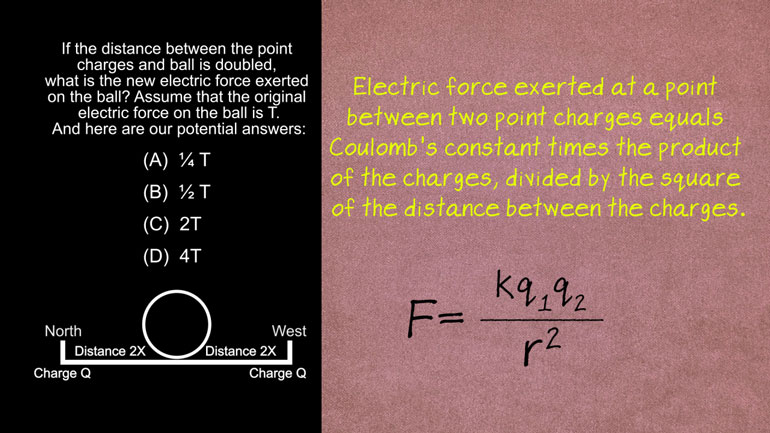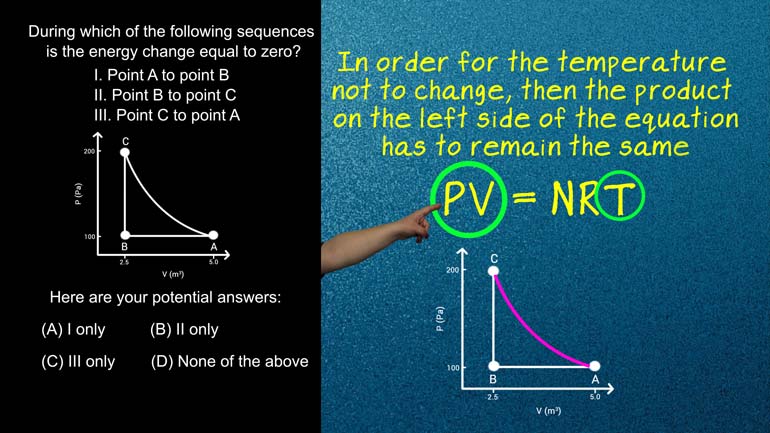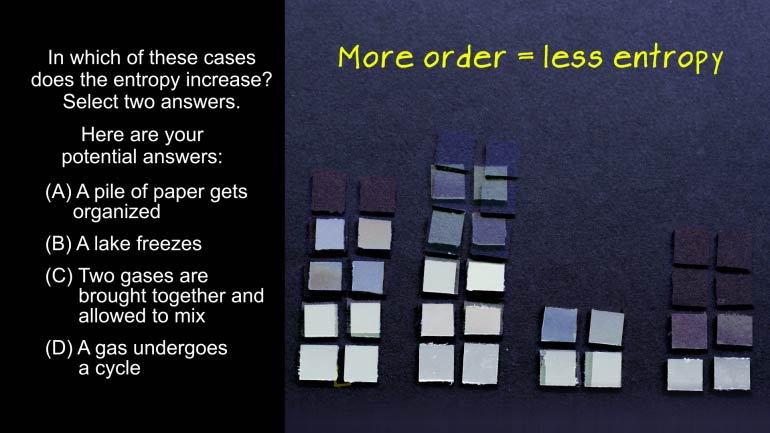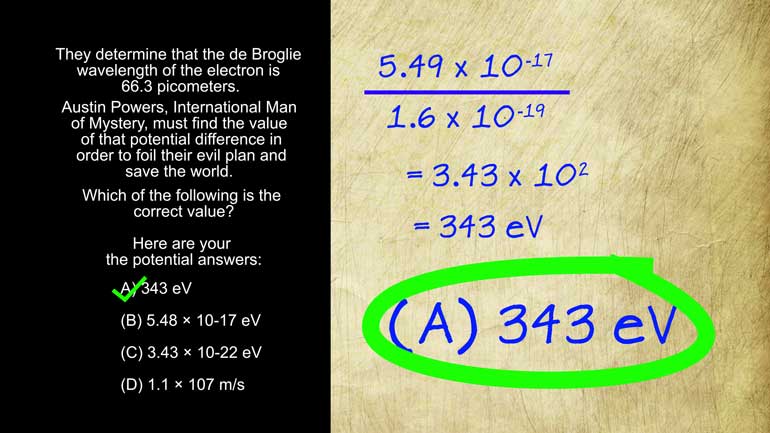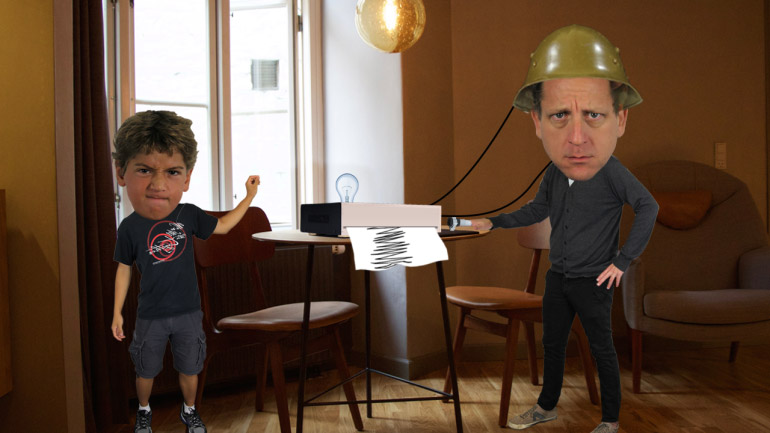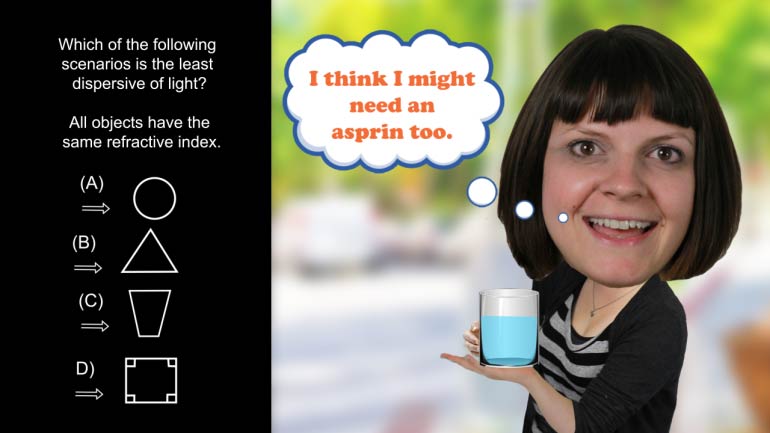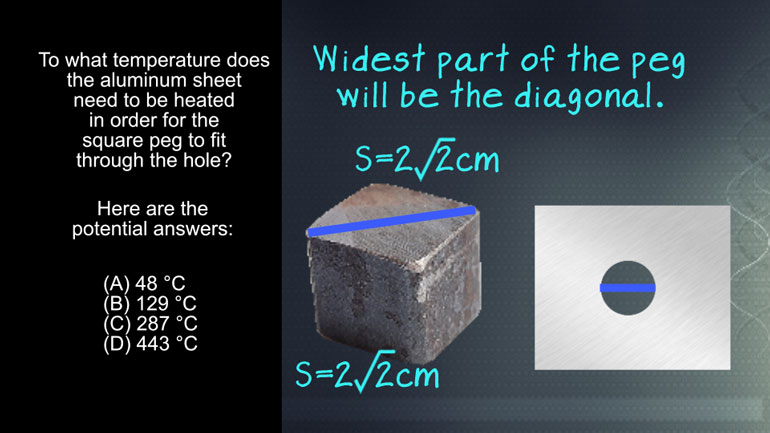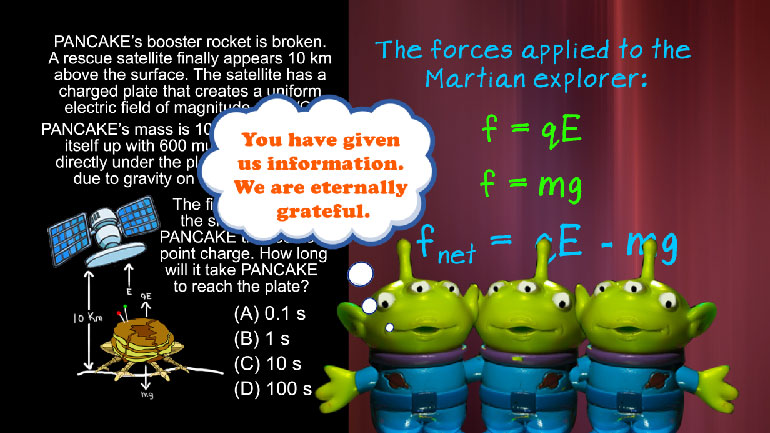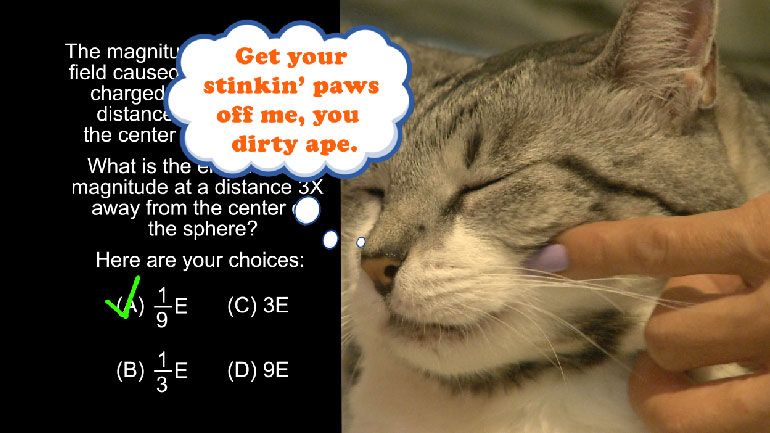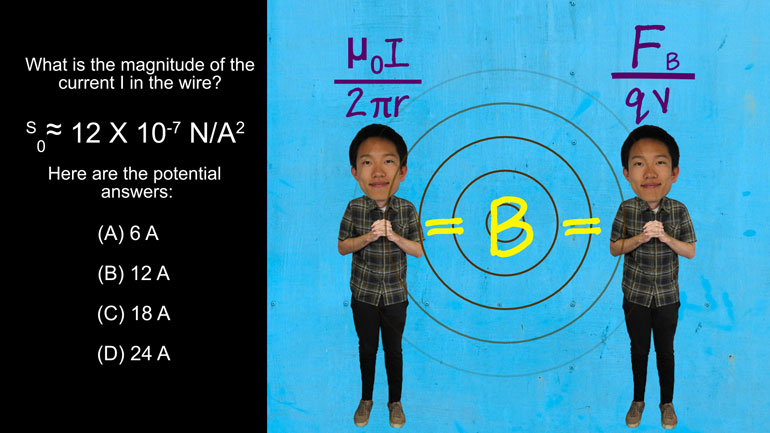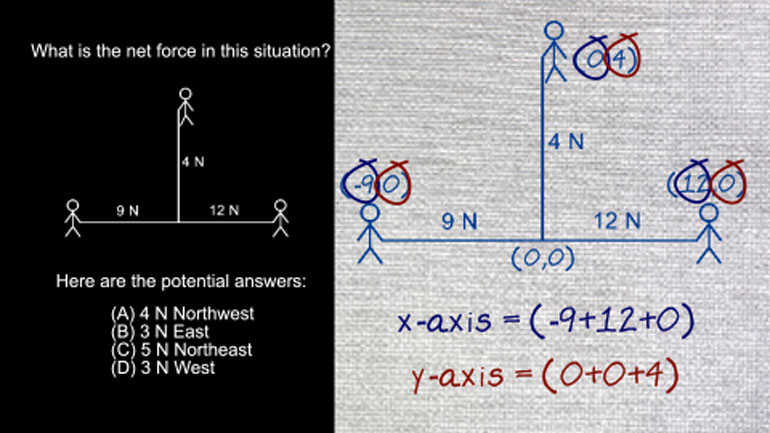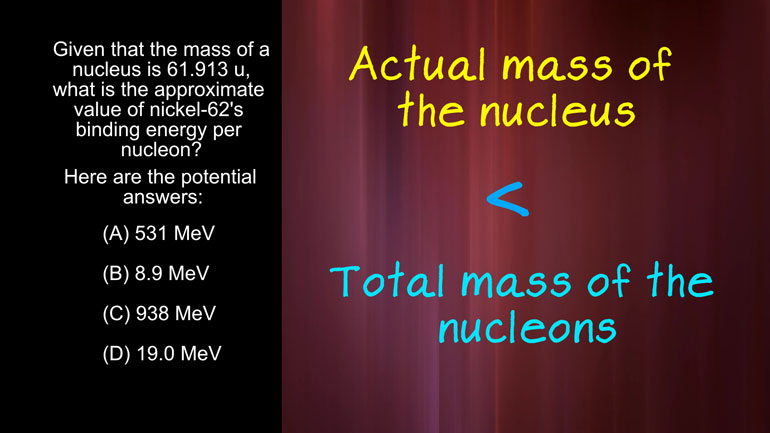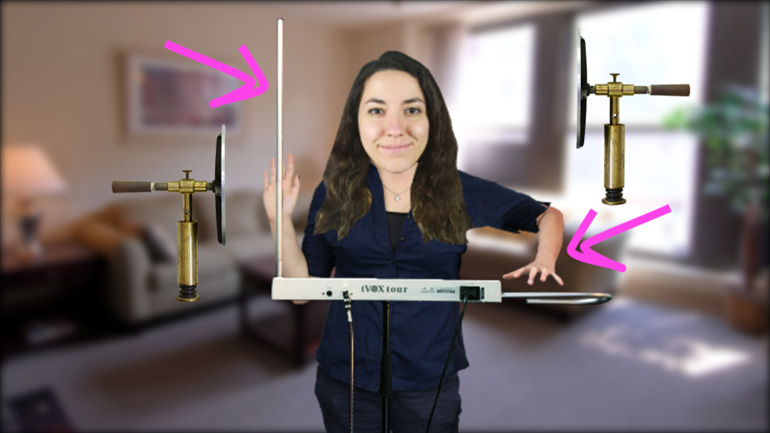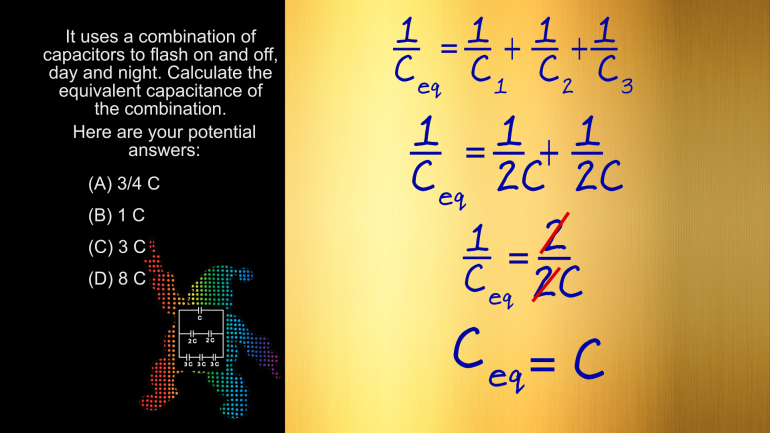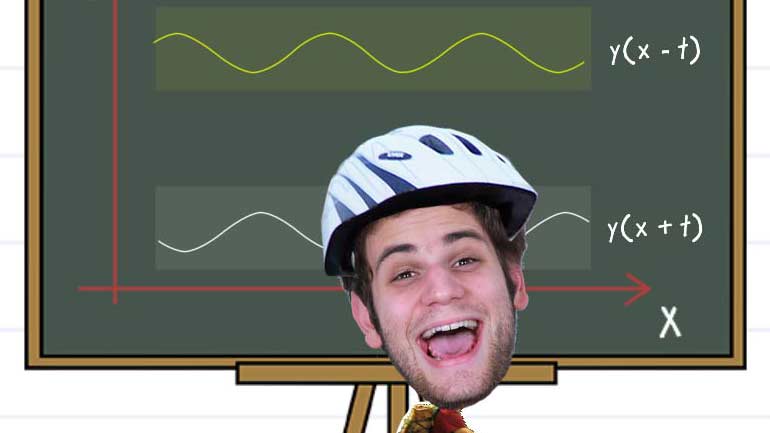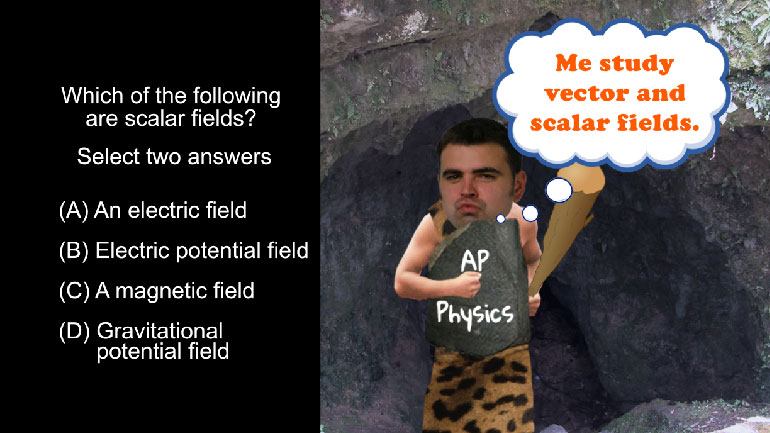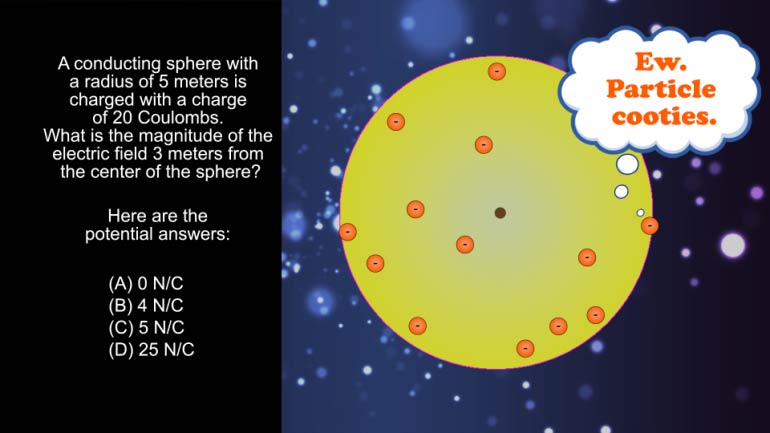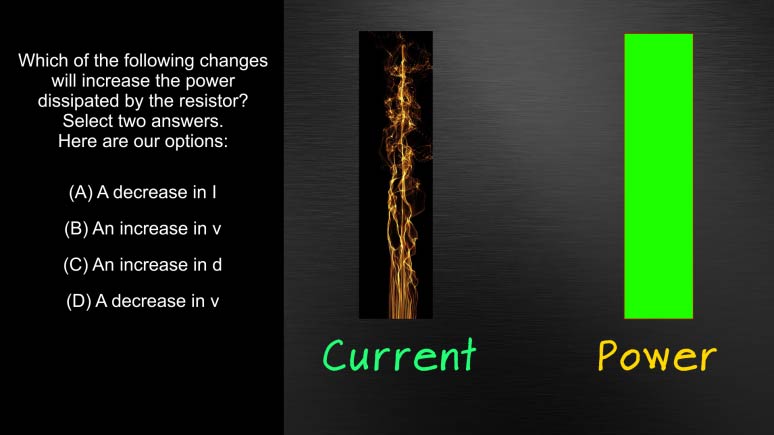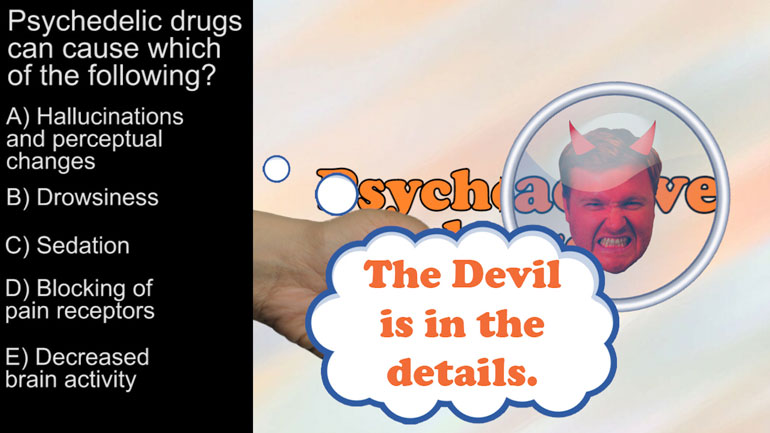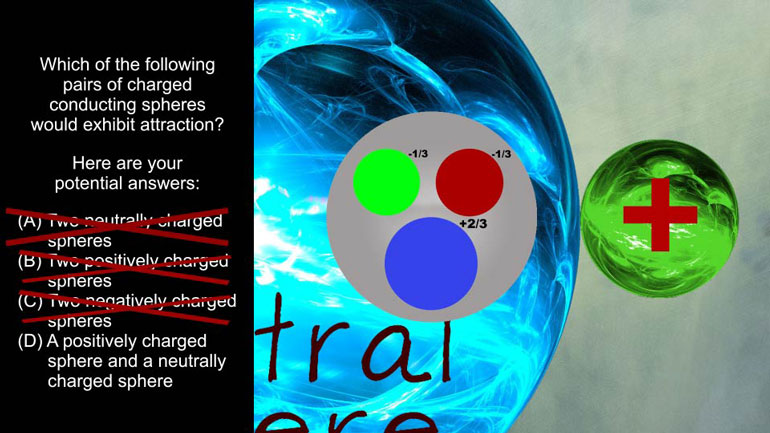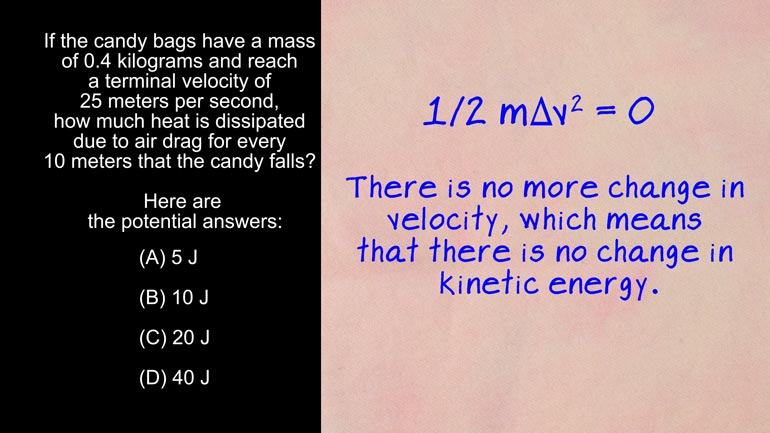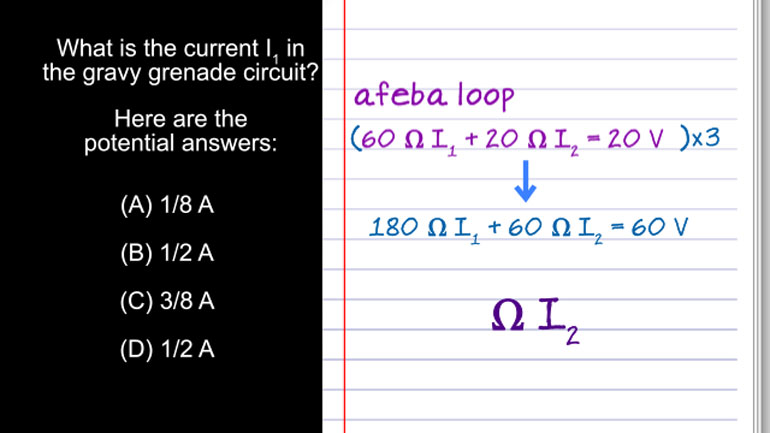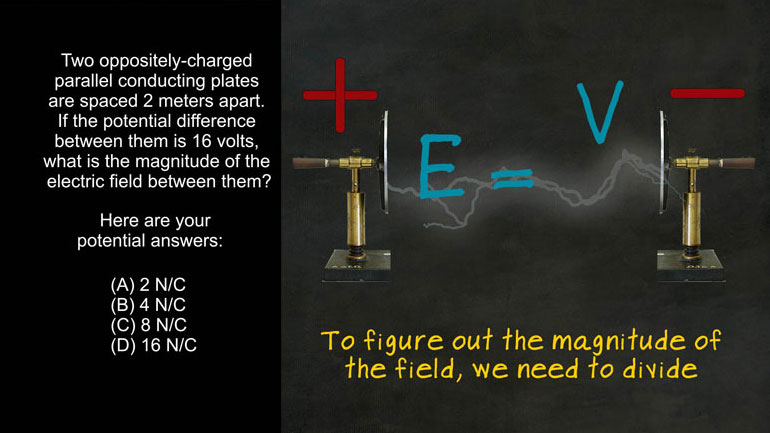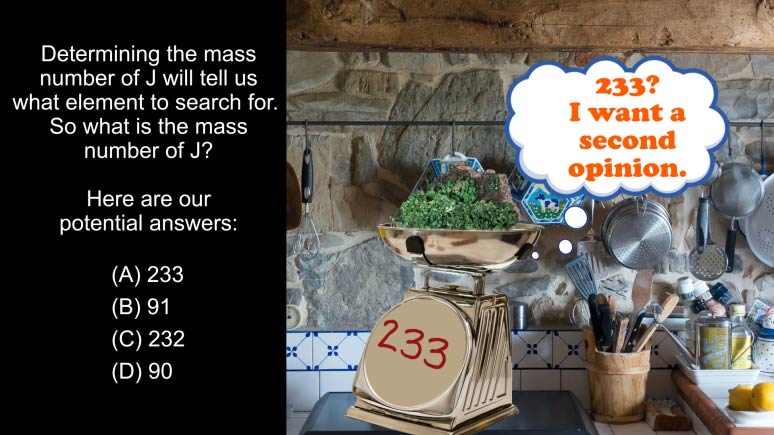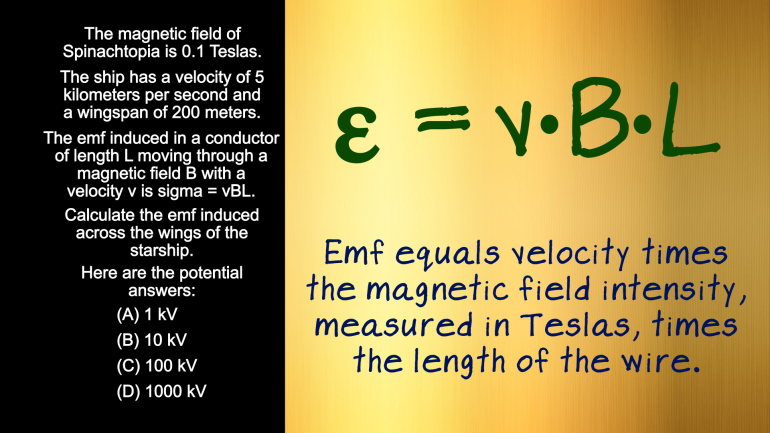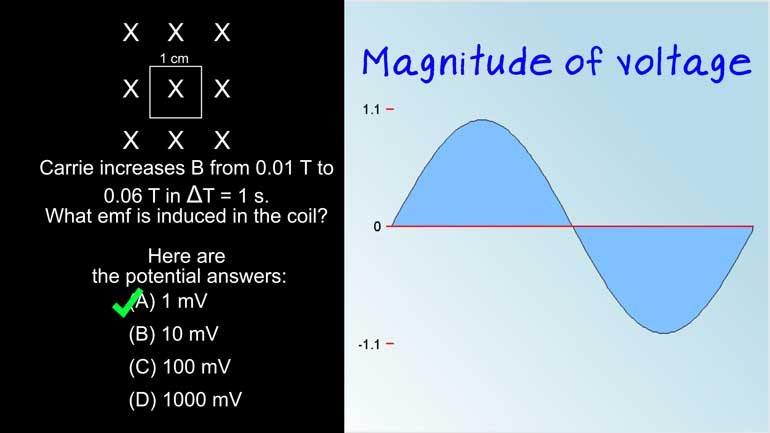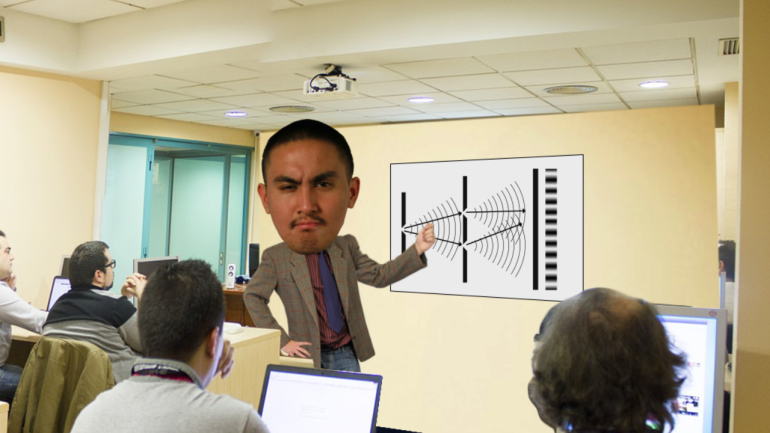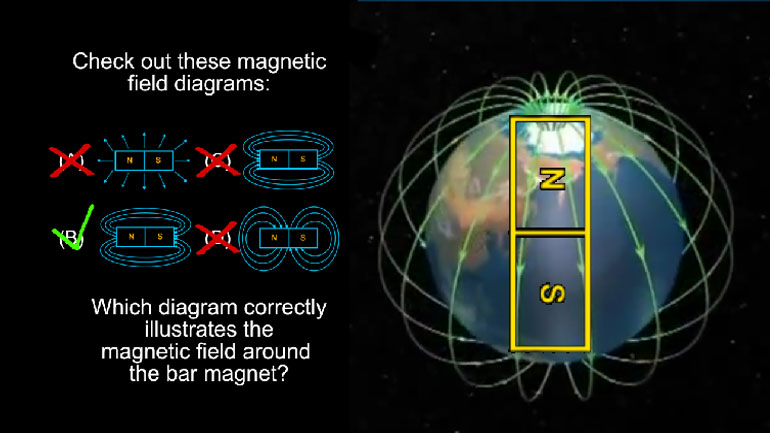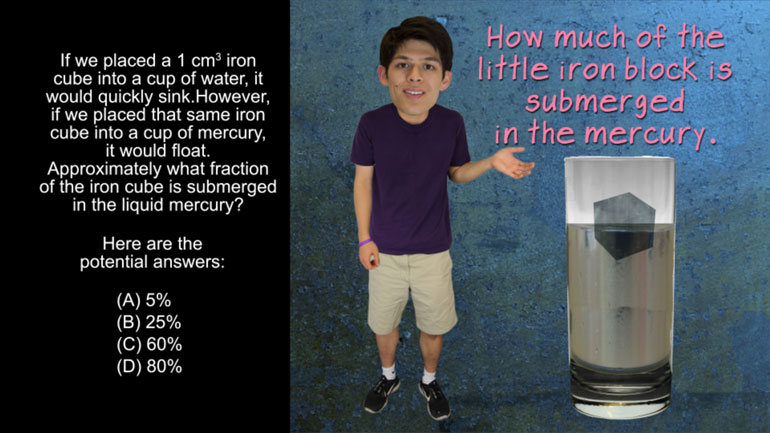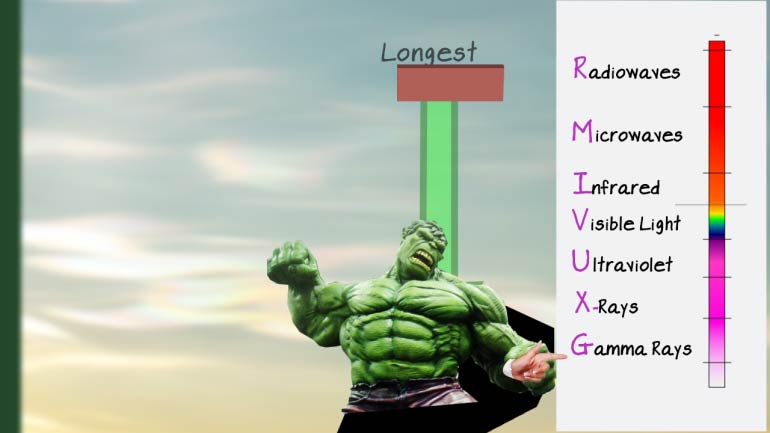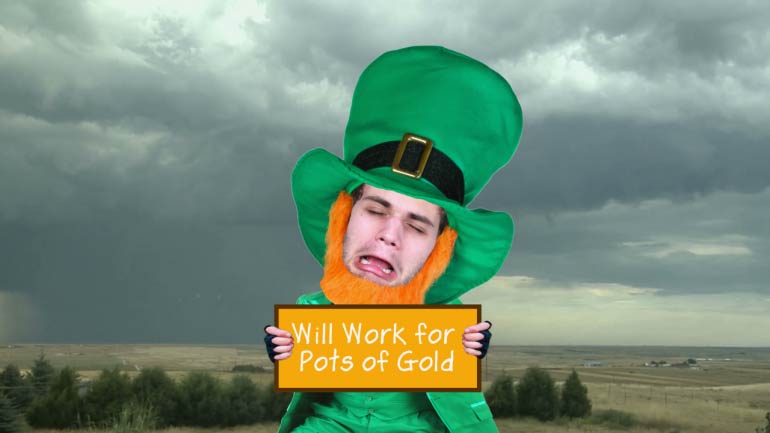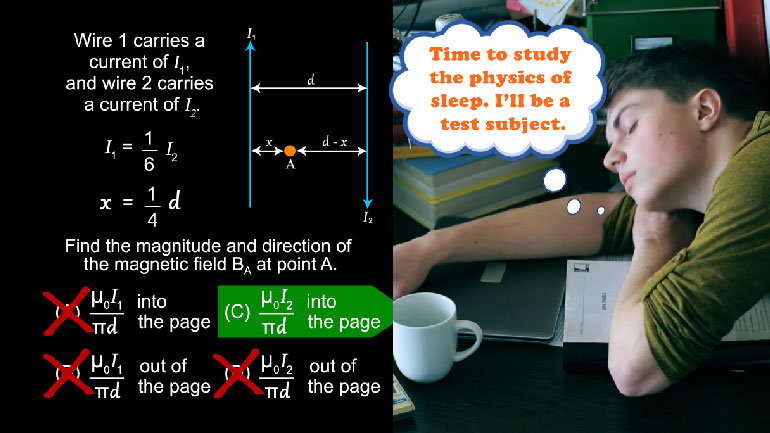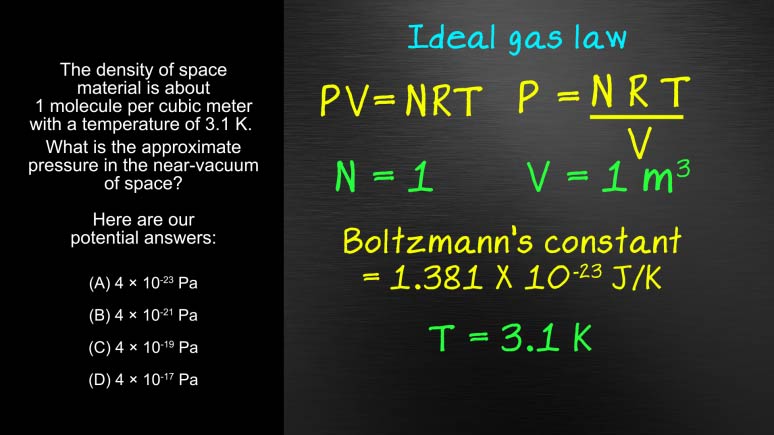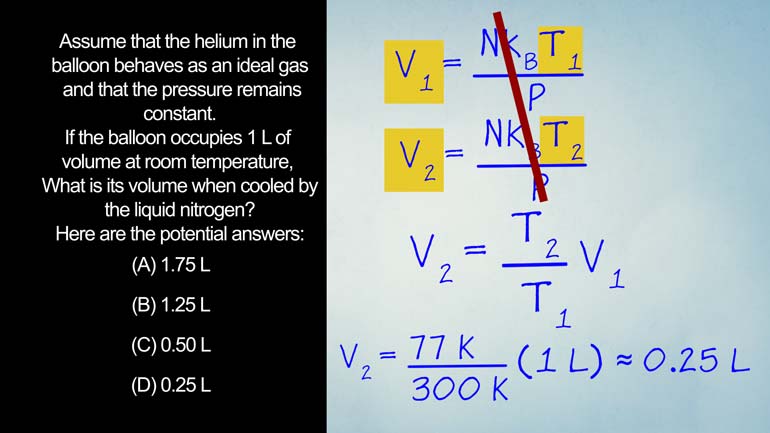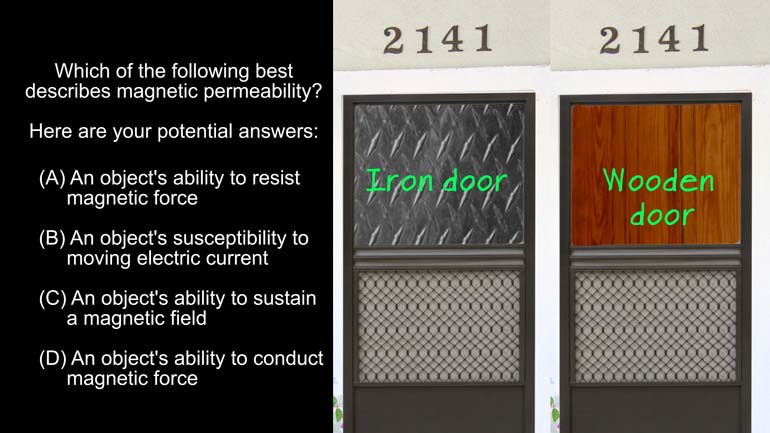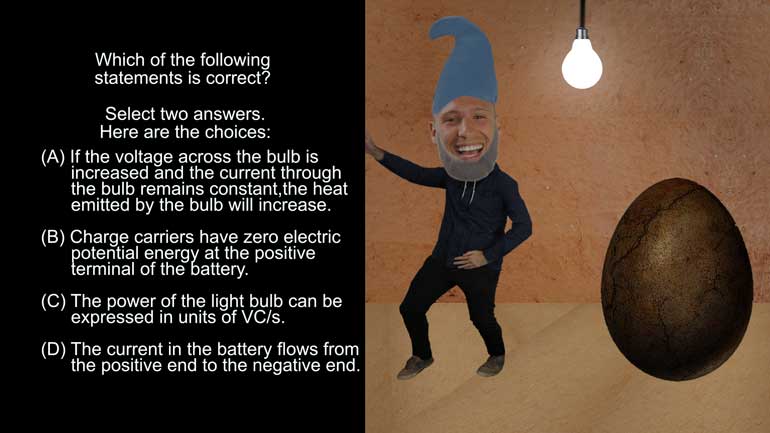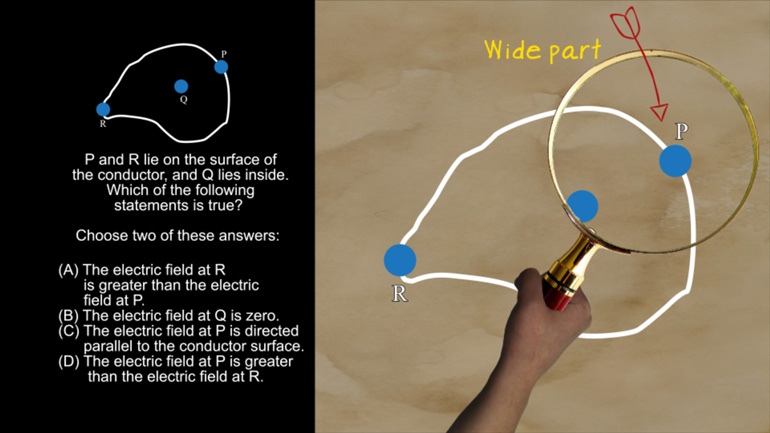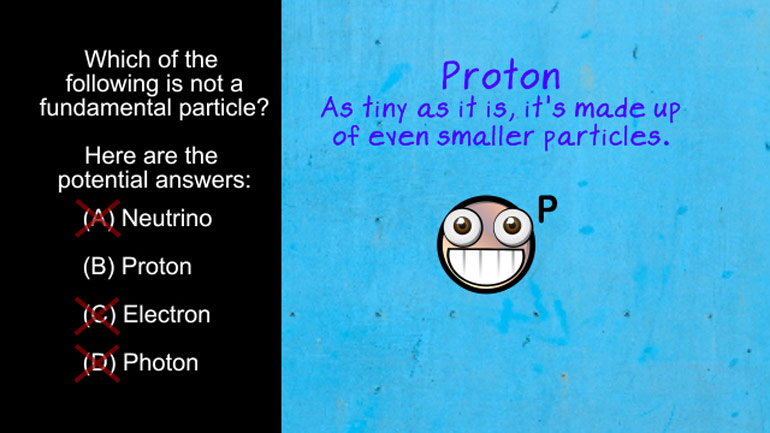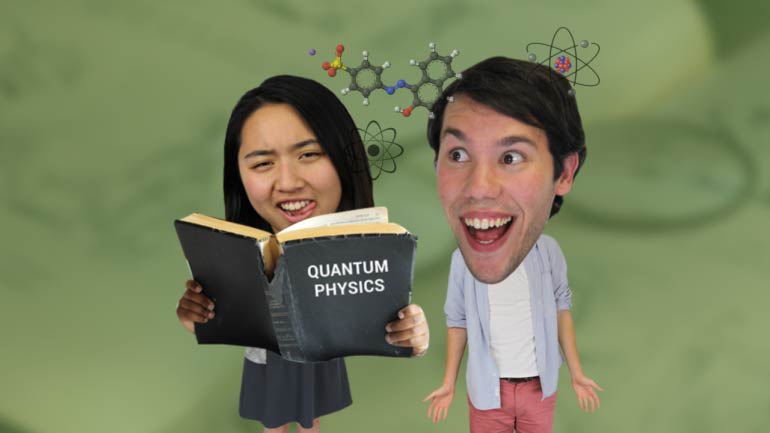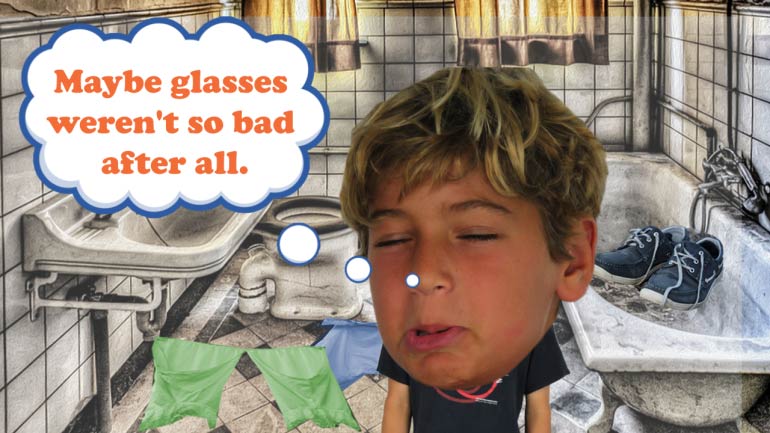ShmoopTube
Where Monty Python meets your 10th grade teacher.
Search Thousands of Shmoop Videos
AP Physics 2 Videos 59 videos
AP Physics 2: 1.1 Properties of Objects and Systems. What is the magnitude and direction of the conventional current in this wire?
AP Physics 2: 1.5 Properties of Objects and Systems. According to the Bohr's model of the atom, which of the following are true?
AP Physics 2: 1.5 Probability and Systems 5 Views
Share It!
Description:
AP Physics 2: 1.5 Probability and Systems. Which of the following statements are true?
Transcript
- 00:03
And here's your shmoop du jour brought to you by nuclear reactions [Nuclear bomb explosion]
- 00:07
we've actually been able to create nuclear reactions at home not by chemistry
- 00:12
or anything but you know just by hiding our sisters iPhone alright well this [Sister looks annoyed with her brother]
- 00:16
year's Homecoming activities involve a local version of The Amazing Race and [Two people racing]
- 00:20
the roadblocks contain physics challenges the card says a general
Full Transcript
- 00:26
nuclear reaction is written as follows (mumbles) where Q denotes the [The question being written out]
- 00:32
disintegration energy, alright which of the following
- 00:36
statements are true? Select two answers, yeah two...
- 00:41
Well physics questions on The Amazing
- 00:43
Race ha it wouldn't even be a competition as long as we didn't have
- 00:47
to eat lamb intestines or anything or or lift heavy things or or have to run [People look grossed out by the plate of intestines]
- 00:52
yes you know what maybe the Amazing Race isn't our game we'll stick to Mario Kart [Kid playing Mario Kart on the TV]
- 00:56
Okay lucky for us this question is pretty straightforward the Q value of a
- 01:00
nuclear reaction refers to the amount of energy released by that reaction so if
- 01:04
the Q value is positive that means the nuclear reaction produces energy it's
- 01:09
exothermic or exoergic or exergonic depending on which fancy-pants words we [Pants with the different type of reaction written on them]
- 01:15
want to use today not to go all AP English on you but we can see that these
- 01:19
all have the root exo in them for those of us who slept through AP English [Kid asleep at his desk]
- 01:24
that's a Greek root which means outside or beyond sort of like how an exorcism
- 01:29
means getting a demon outside of some creepy little girl in that stupid movie [Kid stood in a dark living room]
- 01:32
that totally didn't scare us we just want to sleep with the lights on for a
- 01:36
few weeks now, anyway in this context it means something comes out of the [Kid is sick in bed]
- 01:40
reaction so A is one of our correct answers if the Q is negative though that
- 01:45
means the reaction absorbs energy that's endothermic or endoergic or endogonic
- 01:51
and why hasn't someone made an endorcism movie yet where a demon was placed ['The Endorcism' book appears]
- 01:55
into a creepy little girl, great now we'll need the
- 01:59
lights on for a month but it looks like C is our other correct [Kid jumps into bed looking scared]
- 02:02
answer because an endothermic reaction always requires the input of energy
- 02:08
it can't happen spontaneously, so B is wrong and if there's an exothermic
- 02:12
reaction energy is being produced so an input of energy isn't required which [Exothermic reaction with energy sparks coming from it]
- 02:17
means D is also wrong of course our sisters nuclear reactions are both
- 02:21
endothermic and exothermic they require energy to find her phone but it produced
- 02:27
energy when she threw the phone at us and clocked us in the head she just [Phone hits the brother in the head and he falls to the floor]
- 02:30
doesn't understand the things we do for science..
Related Videos
AP Physics 2: 1.1 Properties of Objects and Systems. What is the magnitude and direction of the conventional current in this wire?
AP Physics 2: 1.5 Properties of Objects and Systems. According to the Bohr's model of the atom, which of the following are true?
AP Physics 2: 2.2 Properties of Objects and Systems. What will happen as the robot son moves the sponge near (but doesn't touch) the plate?
AP Physics 2: 2.4 Properties of Objects and Systems. How could you show the carnival barker an emission spectrum?

